The Apple Car could have an intelligent window tinting system that uses liquid crystal technology to block sunlight and other people from looking inside the vehicle, one that could automatically engage to provide a level of privacy.
Window tinting provides a number of benefits to drivers. For some, it can make a bright local environment more tolerable on the eyes, cutting down the amount of light entering the vehicle.
For others, tinting the windows affords drivers and passengers more privacy from prying eyes. This is evident in vehicles used by celebrities and other VIPs, but it also allows for some level of secrecy for others simply when parked, as it prevents would-be thieves from seeing valuable items on the back seat and potentially tempting them into theft.
Normal window tinting is fixed, with no adjustability at all to make things more or less visible. It is possible to block light using electronic and mechanical shutters, but these involve moving elements, which may not be what users may want.
Though it can be done using electrochromatic hardware, with light transmission values adjusted via changing the voltage, but Apple argues the modulation speed could be too slow or generate "excessive haze or other optical defects."
In a pair of patents granted by the US Patent and Trademark Office on Tuesday, Apple suggests some solutions that the Apple Car could have to the tinting issues.
Liquid crystal tinting
In the first patent, "Devices with guest-host liquid crystal modulators," Apple suggests windows could have multiple layers, designed to block out different types of light. This can be divided into both visible and non-visible wavelengths.
On the non-visible side, selective filtering could block ultraviolet light, and both near infrared light and far infrared light, handling both infrared wavelengths generated by the sun and by low-power transmitters. Blocking infrared could prevent excessive heat buildup inside of the vehicle, as well as any damage that could be caused by UV light.
Blocking visible light has its obvious advantages relating to privacy and aiding a driver's vision.
These layers could be made from multiple layers of a crystalline metal on crystalline oxide seed layers, with barrier layers between each of them. While this can largely consist of static layers, such as for UV protection, there's the opportunity to introduce some adjustable elements.
Apple suggests a "guest-host liquid crystal light modulator" could be employed as a layer, one containing liquid crystal material with a dye interposed between polymer substrate layers. These polymer substrates could be thermoplastic, moldable to confirm to the surfaces and shapes of the window, while the dye could be dichroic or a mix of azo and anthraquionone dye.
In effect, Apple's system employs a similar technology behind LCD screens. The black text on a display is created by selectively applying voltage to elements of a liquid crystal matrix to block the passage of light from a backlight to a user's eyes. The core concept is the same, except it's for an entire window, not a pixel.
Much like the display version, the system could enable varying levels of intensity, blocking out small amounts or all light at most, or simply allowing all light to pass through.
The patent lists its inventors as Khadijeh Bayat, Cheng Chen, Ibuki Kamei, Shih-Wei Chang, Avery P. Yuen, and Zhibing Ge. It was originally filed on October 17, 2016.
Selective tinting
A second patent, a "System and method for dynamic privacy and window tinting," seems to line up well with the first, in that it is a system to alter the level of tinting applied to windows.
Apple reasons the patent needs to exist as conventional tinting do not "adequately protect and shield occupants from sunlight and other forms of light" from outside a vehicle, as well as failing to provide "adequate privacy."
The patent suggests the use of a computing device connected to tinting hardware modules, with one able to adjust the level of tinting in the other, generally by adjusting the voltage level of adjustable tint film. By taking measurements from various sensors on a vehicle, the computer could determine the situation and automatically alter the tinting level.
These data points can include GPS coordinates, thermometers, barometers, precipitation sensors, ambient light sensors, 3D and 2D cameras, an iris camera, a weight sensor, microphones, ECGs, infrared antennas, and the presence of a touchscreen, among others.
This collection of sensors could potentially work out that visibility isn't great for the driver, triggering the tinting to reduce, or that it could be too bright or too hot, turning tinting up in the process. The same system could use the location to determine if it is located in a built-up area like a city or on a highway, with the former requiring more tinting than the latter.
Knowing if there are occupants in a vehicle could also dictate the level of tinting, such as to automatically put tinting to the maximum when parked. A car's LiDAR system for driving may feasibly be able to tell if there's a pedestrian nearby who may be able to look into the vehicle, which again may trigger a tinting response.
Meanwhile, detecting the driver's mobile device near to the vehicle but outside could delay the automatic parked tinting until they move away, or reverse the tinting level when the driver returns to the vehicle.
The patent lists its inventors as Clarisse Mazuir, Budhadipta Dan, Khadijeh Bayat, Matthew E. Last, and Ryan J. Garrone. It was filed on December 1, 2016.
Previous Filings
Window tinting has appeared in a previous filing, with April's "Systems with adjustable windows" detailing how a series of layers could create tinted windows with a variety of different effects, including enabling a reflection, creating a haze-like frosting, or a mirror effect, depending on the situation.
Apple has also considered a privacy-based lighting system, by using a liquid crystal layer in a window that is synchronized with the internal lighting system to block light from leaving the vehicle, while still allowing passengers a full external view.
Windows may not be limited to just tinting, with Apple also exploring systems for detecting cracks in windows, as well as embedding a display in the windscreen.
 Malcolm Owen
Malcolm Owen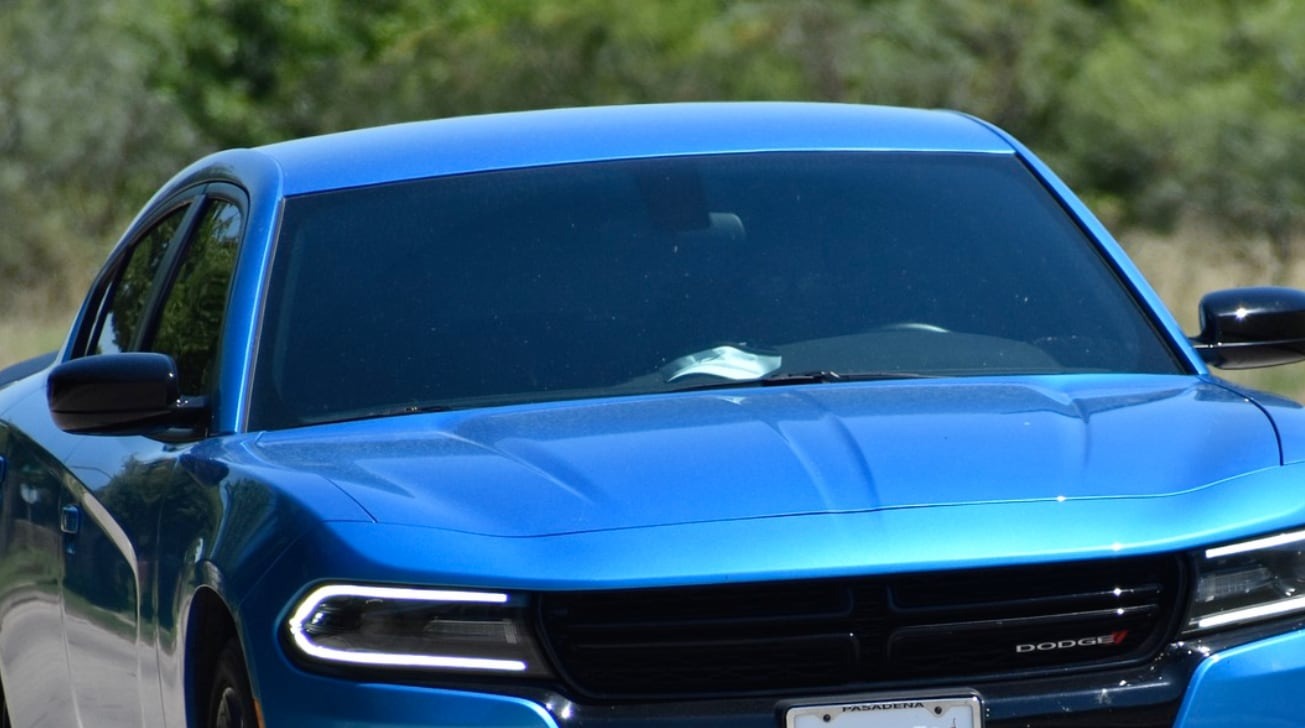
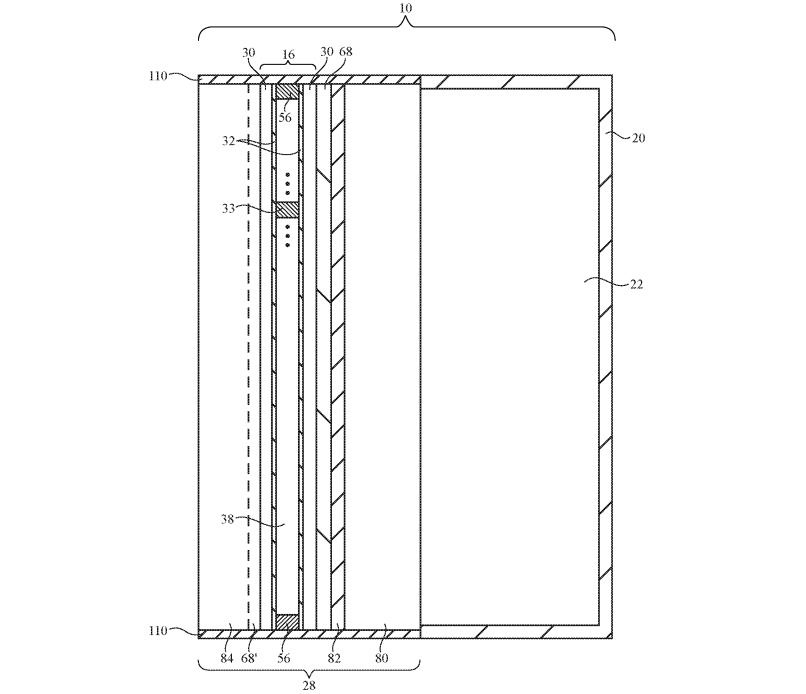
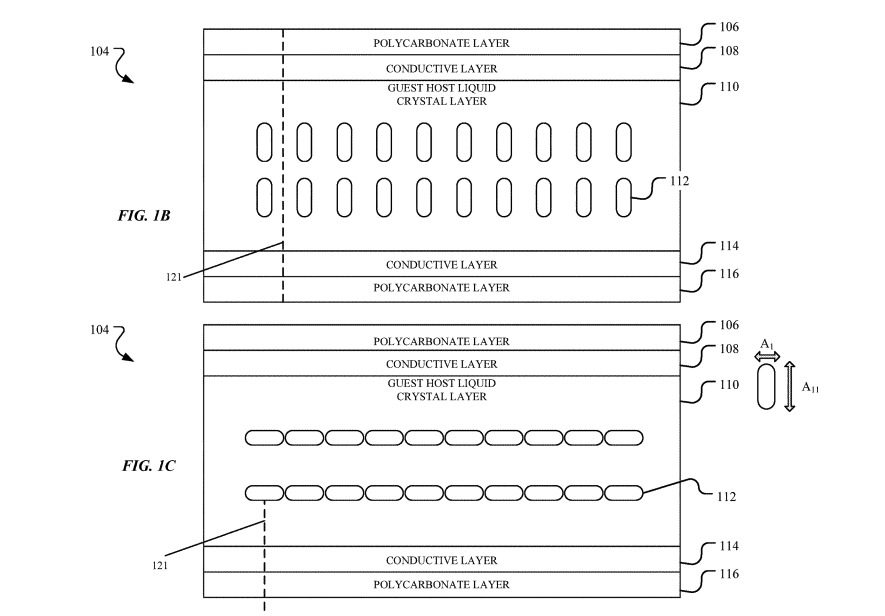







-m.jpg)






 Charles Martin
Charles Martin


 William Gallagher
William Gallagher

 Christine McKee
Christine McKee
 Wesley Hilliard
Wesley Hilliard
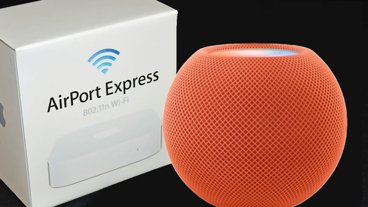
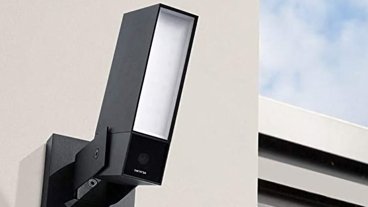
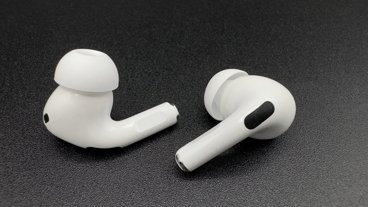






26 Comments
tinting could be illegal in many countries.
"Apple Car". LOL
“Hey Siri. Engage coitus mode.”